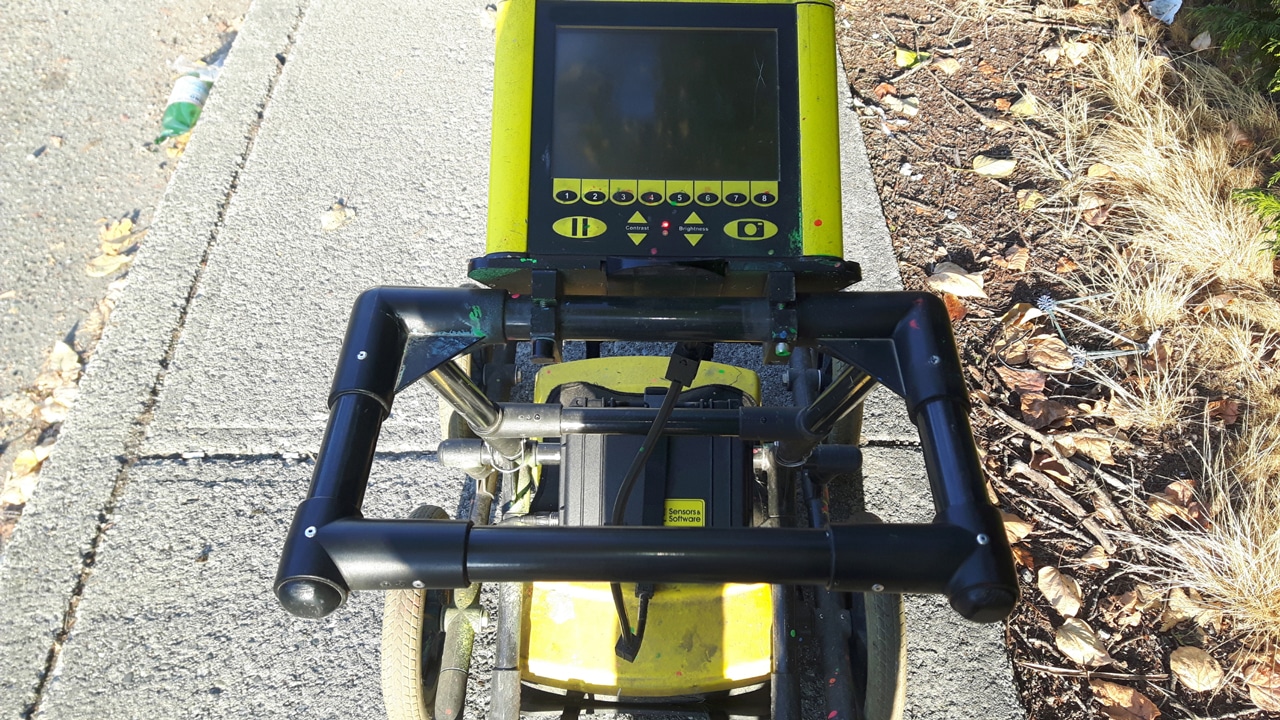Ensuring that the concrete surrounding your construction site is safe is critical before you start your next big construction project. Since you might not be able to see underground utilities or confined areas that may be present as well, you may miss them.
If there are things embedded in the concrete, this can be a potentially hazardous, complicated, and expensive project which may even result in accidents. When you can’t see through it, how can you tell if anything is inside? The solution to this problem lies in concrete scanning.
How Does Surface and Concrete Scanning Work
Before coring or drilling concrete slabs or columns, concrete surface scanning is used to inspect them. To provide quick and accurate concrete inspections, Ground Penetrating Radar (GPR) is used.
In both a safe and noninvasive way, GPR can detect embedded objects in the subsurface, whereas X-ray is less accurate in assessing concrete columns, slabs, and walls. It analyzes the subsurface using transmitted waves and their reflected signals.
Scanners can detect hidden objects such as rebar, electrical conduit, post-tension cables, and voids in concrete. As well as concrete slab measurements and rebar spacing, it can be used for structural integrity reviews. Concrete imaging reading can be used if the material is located and its type is determined by an experienced technician.
When to Use Surface and Concrete Scanning
In order to scan concrete, a survey must be completed first. This is something land surveyors typically conduct when discovering new land, but it is just as useful on contemporary job sites.
A survey will reveal the location of utility lines as well as other features beneath the surface that may be hidden. Identifying all uncovered areas allows specialists in ground-penetrating radar to focus their use of concrete scanners where necessary.
How Does Concrete Scanning Help
Surface and concrete scanning contributes to the welfare of the workforce as well as the efficiency of concrete construction, reinforcing steel, installation of utilities, the control of traffic, as well as the repair of underground utilities. Concrete structures are protected from damage when you identify embedded materials with markings in order to reduce the chance of invasive work in these areas.
In the event of a structural failure due to rebar and post-tension cable damage occurs, you risk endangering the lives of employees on site. Electrocution or death can occur if electrical conduits and services are damaged within concrete.
With scanning concrete integrated into your process, you can work more quickly and efficiently while guiding the project’s development. Before any of your workers begin work on their latest job site, you’ll stay under budget and meet the timetables outlined.
Hire Professionals in Your Next Concrete Scanning Project
It is definitely necessary to plan for GPR on the site if an existing concrete structure or utility features are involved, such as concrete floors. In areas with older construction, it’s particularly common to find unmarked utilities when planning the installation, inspection, or repair of subsurface utilities. With GPR onsite, you can avoid these unpleasant surprises.
The technicians at Util-Locate are well-trained, highly skilled, and experienced in handling all home or business service requests promptly and efficiently. We can assist you with concrete scanning services by giving us a call at 1 (888) 88 56228.

